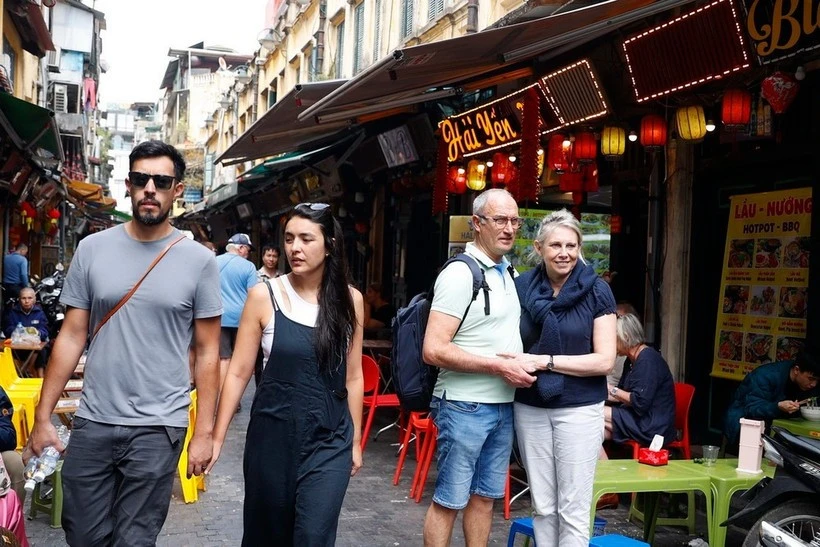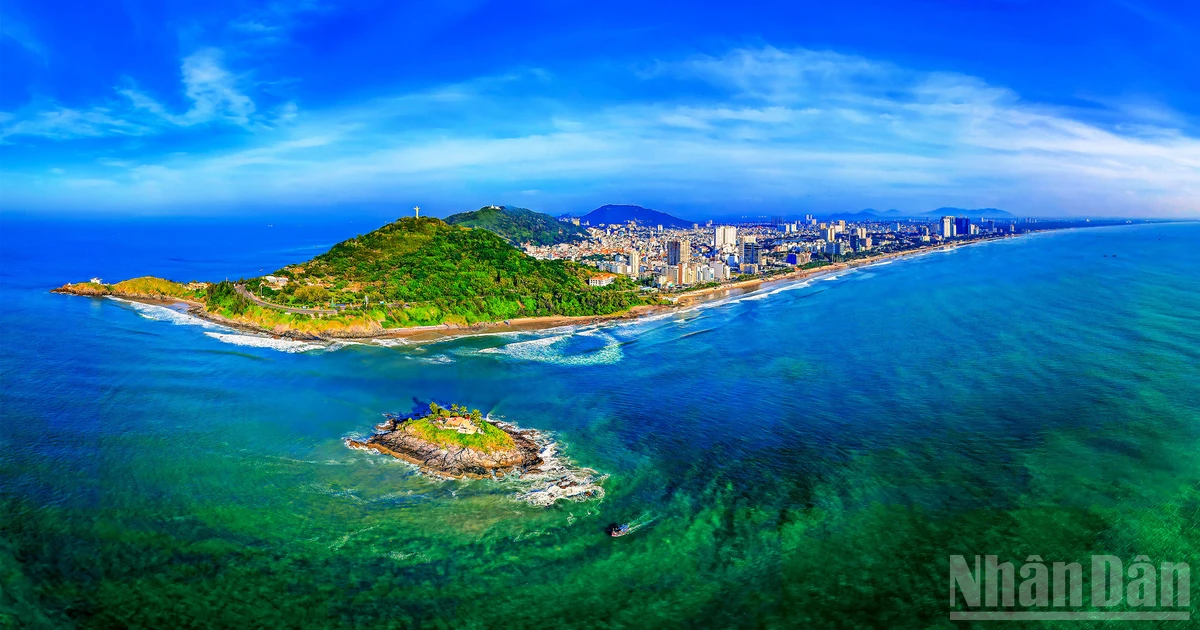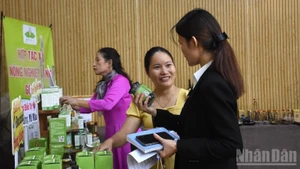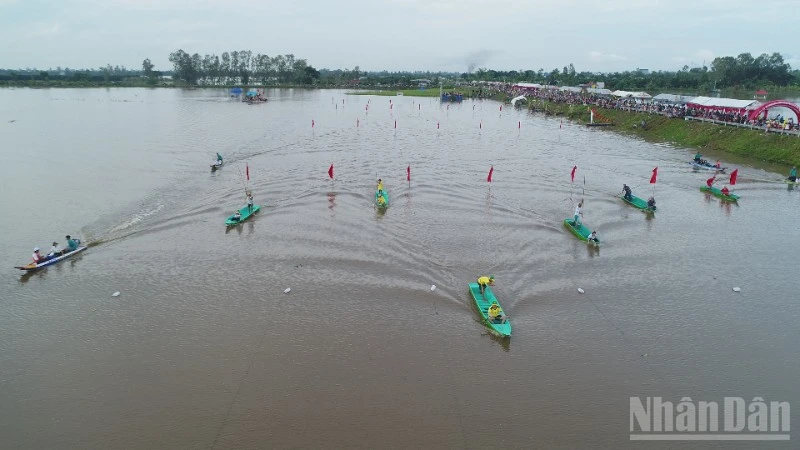In the first months of 2025, Vietnam’s tourism industry has continuously received positive news. According to data from Google Destination Insights, international searches for accommodation in Vietnam increased steadily by 15%-30% from late November 2024 to January 2025 compared to the same period the previous year. Notably, in the first half of February 2025, international search volumes surged by 30-45%.
The top markets searching for travel in Vietnam include the US, Australia, India, Japan, the Republic of Korea (RoK), Singapore, the United Kingdom, Canada, Germany, and Malaysia. This confirms that, in addition to key markets in Northeast Asia, Southeast Asia, Europe, and North America, Vietnam is also attracting significant interest from two major markets — Australia and India — highlighting the great potential for increasing international arrivals this year.
In January 2025, Vietnam welcomed nearly 2.1 million international visitors, marking an 18.5% increase from the previous month and a 36.9% surge compared to the same period in 2024. This milestone surpasses the previous record of nearly 2 million international arrivals in January 2020. Compared to January 2019 — before the COVID-19 pandemic — the number of visitors in January 2025 was 37.8% higher. These figures highlight the significant impact of Vietnam’s new visa policies and in-depth promotional campaigns over the past year, further elevating the country’s tourism brand on the global map. Recently, at the ASEAN Tourism Awards 2025, 17 Vietnamese tourism establishments were recognised across four categories, including the ASEAN Spa Services Award, ASEAN Community-Based Tourism (CBT) Award, ASEAN Homestay Award, and ASEAN Public Toilet Award. These achievements signal promising prospects and breakthroughs for Vietnam’s tourism industry in the near future.
In 2025, Vietnam’s tourism industry aims to welcome 22-23 million international visitors, underscoring its commitment to making tourism a key economic driver. Experts emphasise that this is a crucial time for Vietnam’s green economy to intensify its communication efforts, particularly through digital platforms, to capitalise on growing international interest and convert tourist attention into actual travel decisions. The most effective way to achieve this, they argue, is by leveraging the appeal of high-quality tourism products. Nguyen Tien Dat, Director of AZA Travel and Vice Chairman of the Hanoi Tourism Association, noted that Vietnam has long offered tourism products catering to East Asian markets but lacks a diverse range of experiences tailored for Western visitors, aside from adventure tourism in Quang Binh Province and Ha Giang Province. To enhance its attractiveness, Vietnam must develop premium tourism products to attract high-end travellers.
Dat suggested that market research and segmentation should guide the planning and development of tourism products tailored to specific target markets. Based on these insights, effective destination branding and marketing strategies can be crafted. He also stressed that to further boost Vietnam’s competitiveness, the country must continue improving tourism infrastructure and adopt a more flexible and visitor-friendly visa policy to attract international travellers.
According to Nguyen Cong Hoan, General Director of Flamingo Redtours, Vietnam’s tourism industry will face intense regional competition in 2025, as Southeast Asian countries continue to introduce aggressive promotional campaigns and incentive programs to capture a larger share of international travellers. While global economic conditions may impact tourist spending, the demand for highly personalised travel experiences remains strong. This requires tourism businesses to collaborate with stakeholders to develop cost-effective yet innovative travel products that continuously evolve to meet visitor expectations.
Euronews, a European news television network, has recently released its 2025 Travel Trends Report. It identified seven key trends expected to dominate the industry this year including offbeat alternatives (discovering hidden wonders), set adventures (walking through iconic scenes), digital itineraries (exploring travel’s high-tech future), coolcations (chilling out in cooler climates), purposeful journeys (leaving more than memories), scenic escapes (rediscovering slow travel by rail), and cosmic getaways (gazing at the stars). These insights serve as valuable inspiration for Vietnam’s tourism industry to innovate and develop specialised travel products that appeal to global travellers.
According to Pham Van Thuy, Deputy Director General of the Vietnam National Authority of Tourism, a comprehensive approach is essential for Vietnam’s tourism sector to break through in the coming years. In addition to proposing new policies and mechanisms to remove bottlenecks and support industry growth, the sector must strengthen public-private partnerships (PPPs) to mobilise social resources for tourism development. A key priority is enhancing workforce quality, which requires proactive research and forecasting to ensure the tourism sector has access to well-trained professionals meeting regional industry standards.
To further promote Vietnam as a top global destination, the Vietnam National Authority of Tourism has outlined plans to organise promotional events and business networking programs in key markets such as China, the RoK, and Japan. Additionally, Vietnam will participate in several leading international travel fairs this year. In a major policy move, the Vietnamese government recently issued Resolution No.11/NQ-CP, which grants visa exemptions to citizens of Poland, the Czech Republic, and Switzerland under the Tourism Stimulus Programme from March 1, 2025, to December 31, 2025. These initiatives are expected to serve as a catalyst for attracting international visitors and solidifying Vietnam’s position as a must-visit destination in 2025.
















